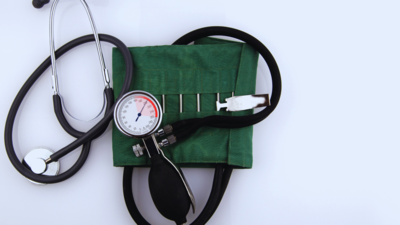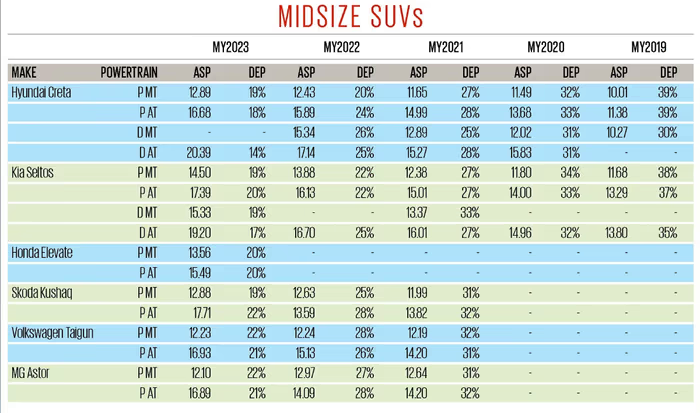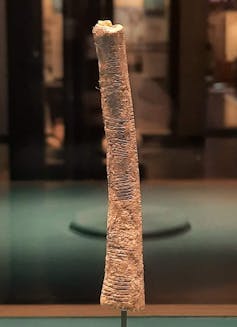On December 17, 1917, the U.S. Navy submarine USS F-1crashed off the coast of San Diego. Now, more than a century later, researchers at the Woods Hole Oceanographic Institute (WHOI) have collected the first high-definition visuals of the wreckage.
During a series of seven dives conducted earlier this year, researchers employed the crewed underwater vehicle Alvin and autonomous underwater vehicle Sentryboth based on the WHOI research ship Atlantis, to snap close-ups of the sunken submarine. Since 1917, F-1 has been resting approximately 1,300 feet (400 meters) underwater. A Navy underwater vehicle located it by accident in the 1970s, but this expedition is the first to capture detailed images of the lost sub.

The F-1 was built in 1901 and launched in 1911. The crash occurred during a training mission, during which the F-1 collided with another submarine, sinking in mere seconds. Nineteen crew members lost their lives, but five escaped and survived. By the time of the 1917 crash, the U.S. had been at war with the Central powers for seven months.
“Advanced ocean technology and simple teamwork played a big part in delivering these new images,” Bruce Strickrott, manager of the Alvin Group at WHOI and the sub’s senior pilot who helped lead the expedition, said in a statement. “Once we identified the wreck and determined it was safe to dive, we were able to capture never-before-seen perspectives of the sub.”
The team used multi-beam sonar systems on Atlantis and Sentry to produce maps of the F-1 and surrounding areas. Then, high-resolution cameras on Alvin picked up photos and videos of the wreck. The researchers stitched these images together to create detailed 3D photogrammetric models. The images showed that the F-1 is lying on the seafloor on its starboard (right) side, facing northwest, and is “remarkably intact,” Strickrott told Live Science.

The researchers left the war grave site untouched, however, “to preserve its condition and be respectful of its legacy,” Bradley Krueger, an underwater archaeologist for the Naval History and Heritage Command who participated in some of the dives, told Live Science.
During the series of dives, the researchers also surveyed a Navy torpedo bomber training aircraft that crashed nearby in 1950.

The dives were part of a training and engineering mission to provide the Alvin pilots with experience controlling the submersible and employing deep-sea imaging technologies. The research was conducted as a collaboration between the U.S. National Science Foundation, University-National Oceanographic Laboratory System and the U.S. Navy’s Office of Naval Research and Naval History and Heritage Command.
After the dives, the researchers held a remembrance ceremony aboard the Atlantisringing a bell 19 times, once for each of the F-1’s crew members who died in the crash.
“As a U.S. Navy veteran, it was a profound honor to visit the wreck of the F-1 with our ONR and NHHC colleagues aboard Alvin,” Strickrott said in a statement.








:no_upscale()/cdn.vox-cdn.com/uploads/chorus_asset/file/26013756/Screenshot_2025_05_31_4.13.23_PM.png)














































